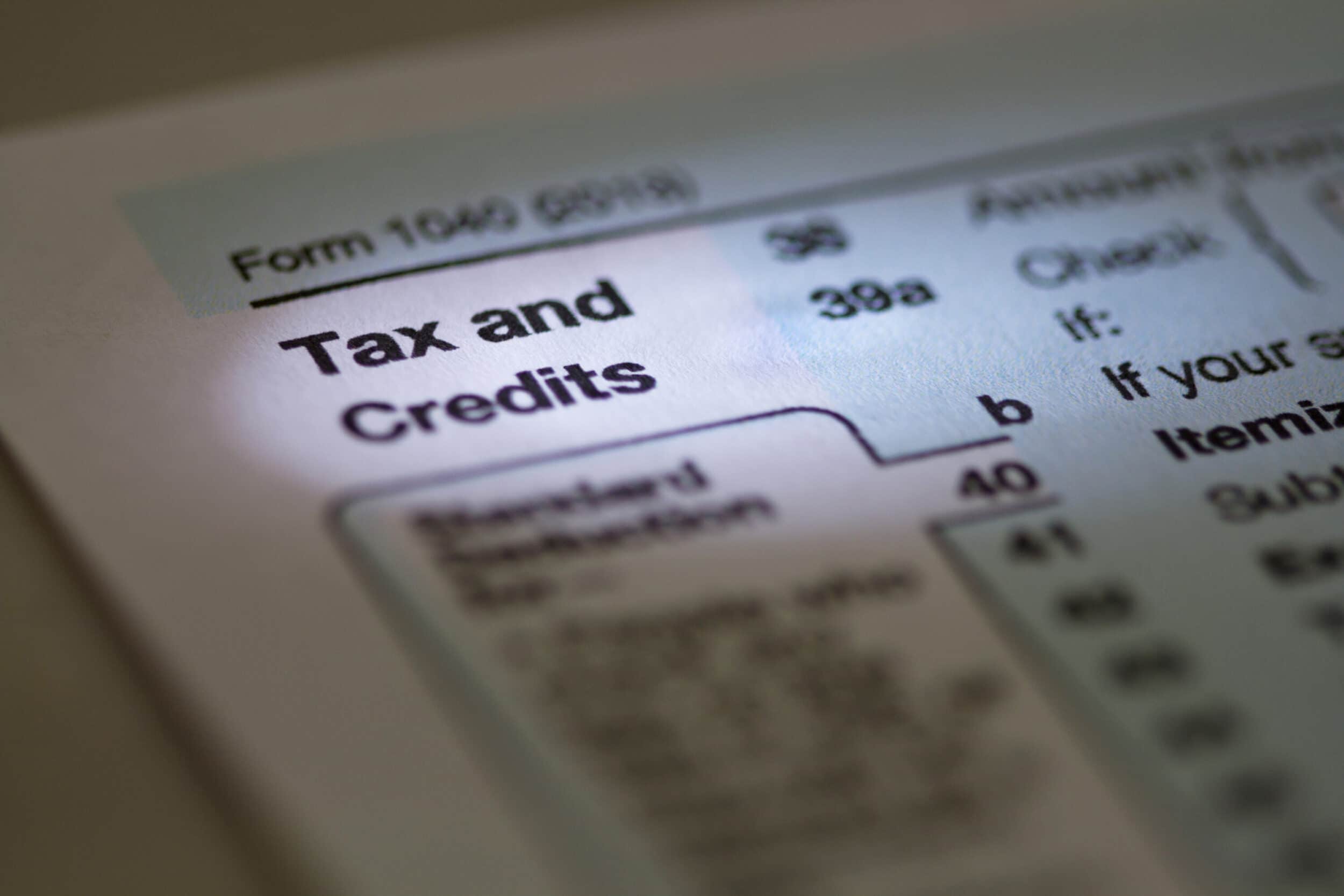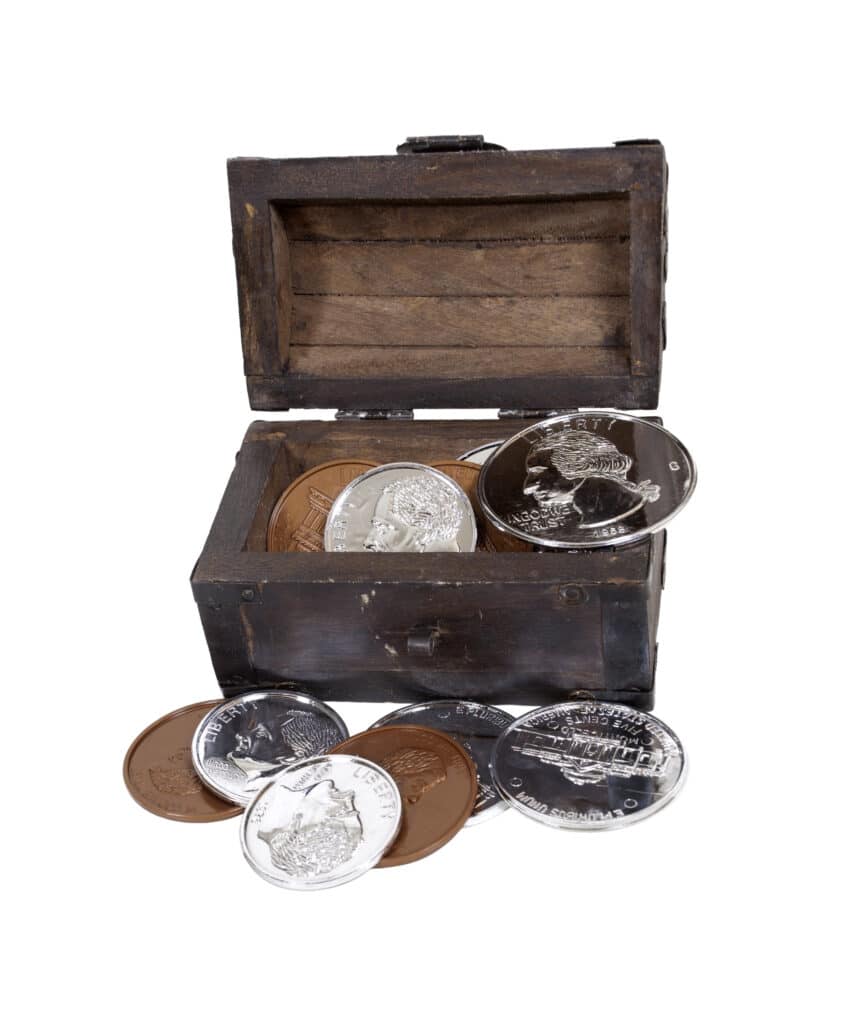A tax credit can give your business an instant cash infusion, plus provide you with current and future tax breaks. It’s a win-win solution for any business owner who knows the ropes.
First introduced in 1981, the R&D Tax Credit rewards U.S. businesses for improving a product, process, invention, or technique. And today, this credit remains one of the best opportunities for businesses to cut their tax bill.
What Type Business Can Qualify for the Credit
Businesses in a wide range of industries can qualify for significant tax savings by simply doing what amounts to ordinary daily activities. The resulting tax credits can be substantial enough to hire new employees, invest in new lines of business, and grow your operations.
The R&D Tax Credit may be claimed by any taxpaying business that develops, designs, or improves products, processes, or software. And it applies to businesses of all sizes, not just major corporations.
The amount of federal tax savings alone can be substantial. In fact, an estimated $18 billion in annual R&D Tax Credits were reported by businesses in almost every industry last year alone.
It is a valuable, but often overlooked, tax saving strategy for small businesses. Nearly 4,000 firms below $250 million in sales claim a total of almost $2.5 million in R&D Tax Credits annually.
What Exactly Qualifies as “R&D”
What constitutes “R&D” to qualify for the credit is a much wider and more generous list than many business owners realize. In fact, if your business does any of the following, you could qualify:
- Developing a new or improved product,
- Creating new technology,
- Establishing a new production process,
- Improving current processes,
- Developing new prototypes or models.
Manufacturing accounts for over one third of all R&D Tax Credits claimed. Another one third of all credit claims come from professional and technical service businesses, such as architects, engineers, CPAs, attorneys, etc. Meanwhile, other businesses that can benefit from the tax credit also include construction, finance, and transportation firms.
Just about any innovation in your business should qualify, as long as it is designed to deliver new and existing products or services quicker, faster, cheaper, and better – or – improves on your manufacturing process to make it cleaner or greener.
How to Claim Your R&D Tax Credit
To claim the tax credit, you must document your research and evaluation activities. You can estimate some research expenses, but you should have a factual basis for the assumptions you use. Examples of proper documentation include:
- Payroll records,
- General ledger expense details,
- Project lists,
- Research notes,
- Other records from the regular course of business.
These records, combined with credible employee testimony, is all the backup you should need to claim the R&D Tax Credit. And proper documentation will help ensure you get all the money you are entitled to under IRS guidelines and regulations.
Bottom line: Claiming the R&D Tax Credit can be somewhat complex, which is why it is often overlooked by too many small businesses. But it is a valuable tax saving strategy that you are fully entitled to, just the same as big corporations. To learn more about the R&D Tax Credit and other tax saving strategies, contact TSP Family Office at (772) 257-7888.


;)
;)
;)
;)
;)